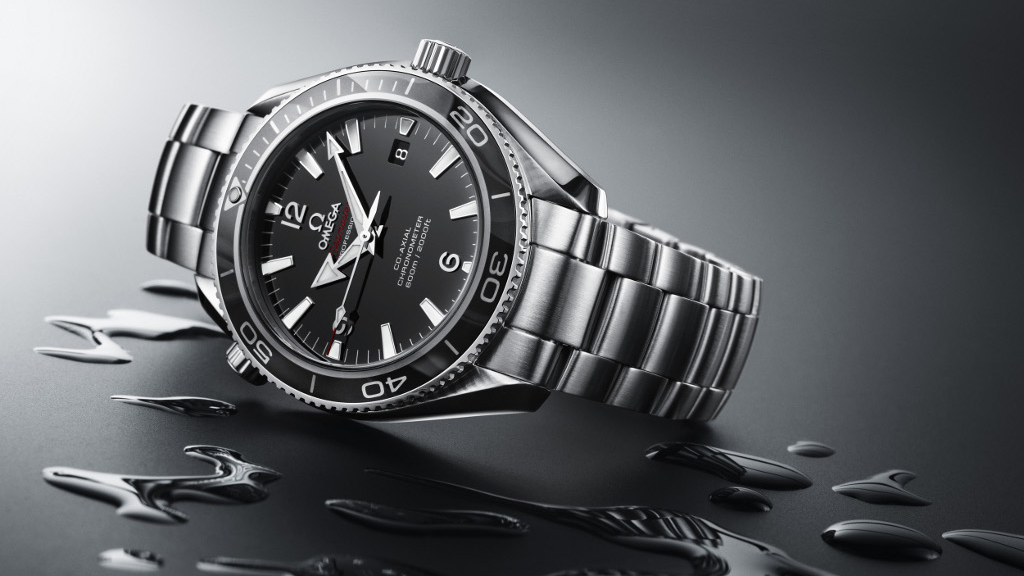
Last month we took a look at a pretty widespread rumour about the possible use of a new alloy called Liquidmetal in the up and coming iPhone 5.
We'll explore this possibility in a little more detail later but first let's take a look at what Liquidmetal actually is. The first thing to grasp is that Liquidmetal is the commercial name for a series of amorphous metal alloys. It's the brand name as opposed to the actual name of the material.
Also known as Vitreloy, this group of alloys were developed at CalTech (The California Institute of Technology) and have since been marketed by Liquidmetal Technologies. Liquidmetal is by no means new and has been used in commercial products since 2003.
Since then Liquidmetal has been utilised for military aerospace, medical instruments and a number of consumer products. So what makes this alloy so special? And why are people starting to replace more readily available materials, such as aluminium, with Liquidmetal components?
Liquidmetal properties
Liquidmetal doesn't simply excel as a usable material in one area; it actually displays a number of desirable properties for both the manufacturer and consumer. Most notable amongst the alloy's impressive abilities are high tensile strength, great corrosion resistance, wear resistance and an almost elastic quality allowing a slow release of stored energy.
Obviously these qualities make Liquidmetal ideal for the end user but there are also a few reasons why manufacturers have reason to be excited by the idea of working with the material.
Essentially, Liquidmetal alloys have a dense and varied atom mix that features what's called low free volume. This means that the exact melting point is not clear cut as it is with traditional crystalline metals. In this sense it behaves more like glasses that melt gradually as temperature is increased.
Sign up for breaking news, reviews, opinion, top tech deals, and more.
Add to this the fact that under high temperatures Liquidmetal takes on an almost plastic character and you have a substance that is incredibly easy to control, remould and machine. For a company producing high volumes of complex casings this is about as good as it gets.
When the whole process is complete you are left with something that is lighter and stronger than titanium or aluminium. The question is how is this miracle material being put to work?
Real world uses
The latest blends of Liquidmetal are being put to use in smartphone cases from Vertu, MP3 players from Sansa, USB flash drives from SanDisk and even luxury watch casings. All of these uses take advantage of the alloy's impact and wear resistant nature but some manufacturers have taken things a step further.
Some of the most interesting commercial uses of Liquidmetal are probably in the sporting goods sector. Liquidmetal can store and release large amounts of energy over time and this can be demonstrated by the fact a ball bearing will bounce over three times longer on a Liquidmetal based surface than it will on a similar aluminium or titanium material.
This property has been put to use in the design of golf club heads, skis and tennis racquets. With all of these possible uses it might not be long before you start seeing this material used a large amount of household consumer products.
Of course the big question is when will the alloy be used in a high profile product such as Apple's iPhone or iPad?
Apple and Liquidmetal
Although nobody outside of Apple HQ can really speculate exactly when iOS devices will be clad in Liquidmetal alloys, we can confidently speculate that it's more a question of when, rather than if.
The main piece of evidence that points to Apple using Liquidmetal as a material for its casings is the fact that it was granted a perpetual, exclusive license for use by Liquidmetal technologies in 2010. Although Apple used it for internal parts in older tech such as the iPhone 3G, this license would suggest something a little larger in scale.
Rumours do also suggest that the new iPhone 5 will sport a metallic casing, much like that of the iPad. This would replace the glass casing that has been troublesome to a few and simply shattering for others.
It would make sense that if the tech is in place that the case could be fabricated using Liquidmetal alloys. They would make the phone stronger, lighter and much more resistance to impact and even overheating. God knows, we may not even need to use cases on the next generation of iOS toys.
Whether we'll see Liquidmetal on the new iPhone, or better still on a slimmer MacBook Pro, is yet to be revealed but you can pretty much bet this futuristic stuff will make an appearance on some of your favourite devices soon.